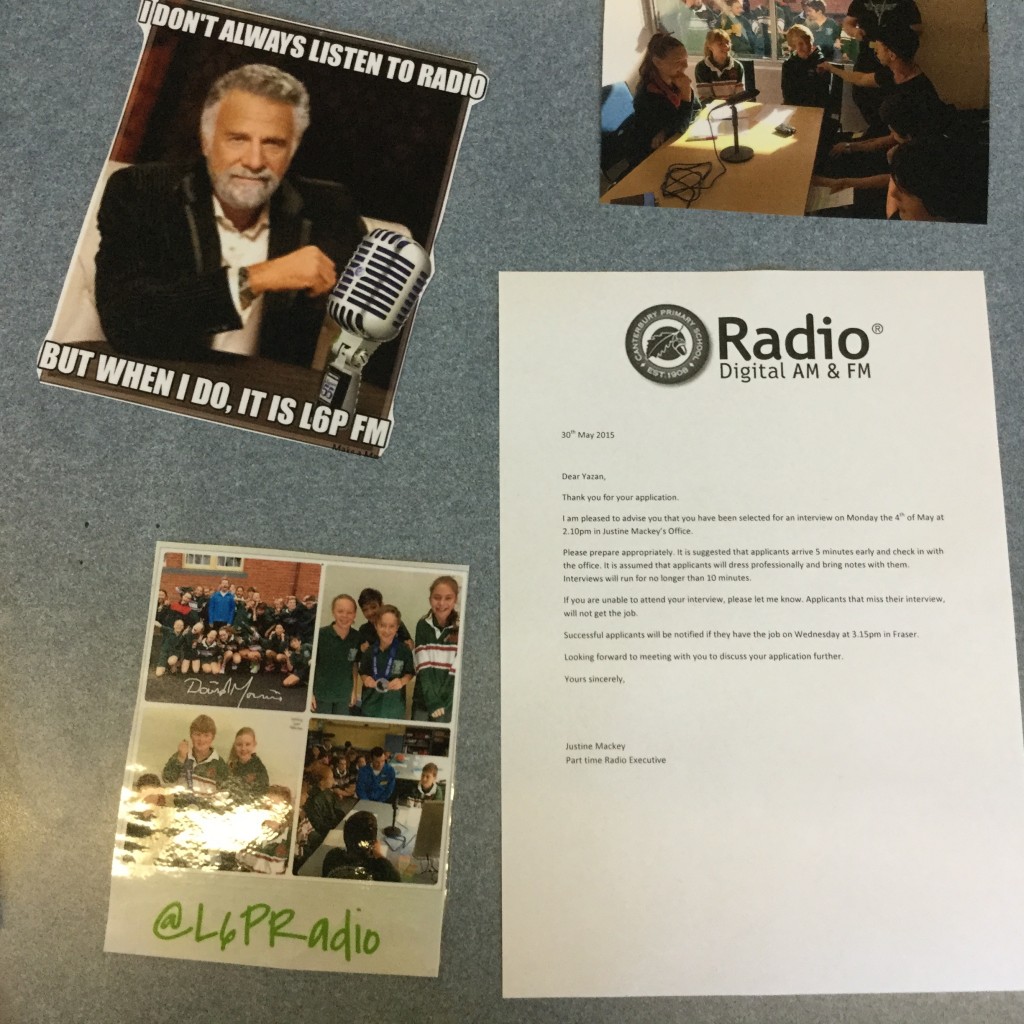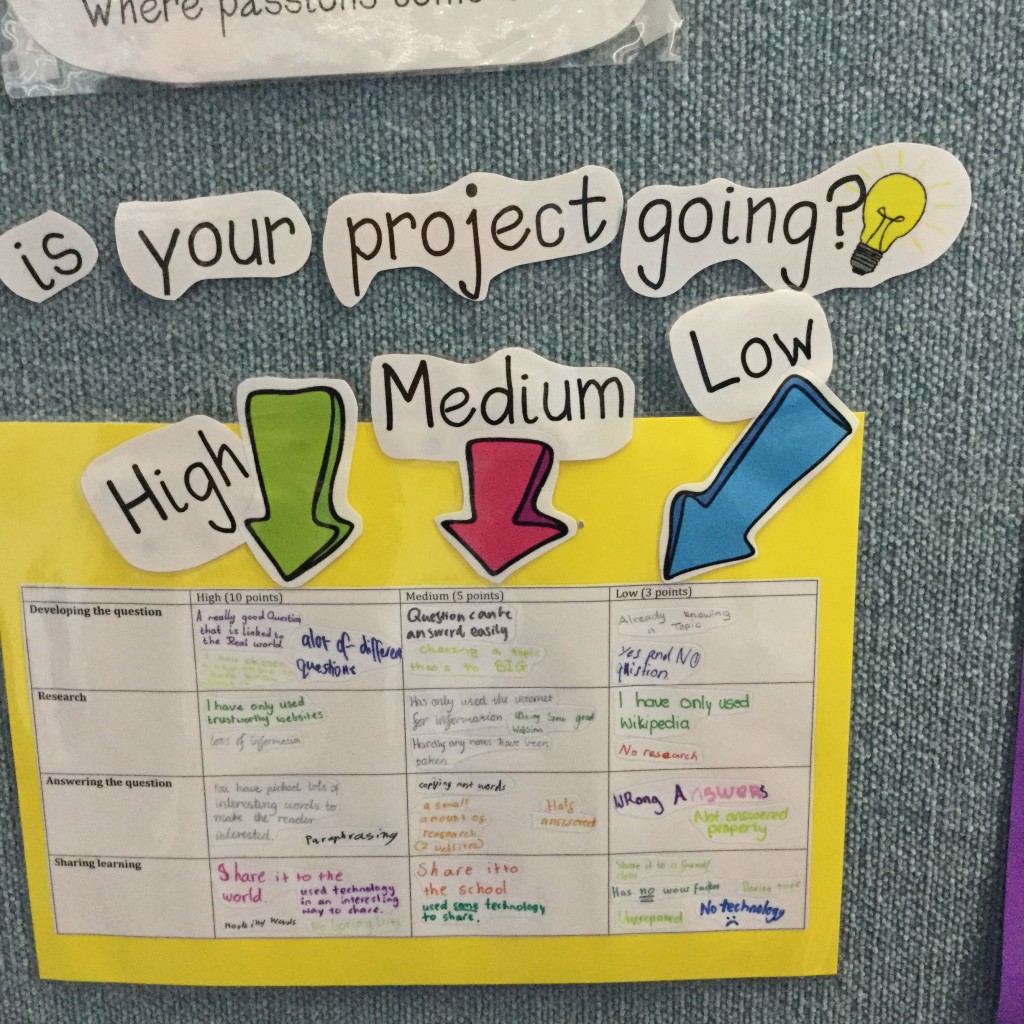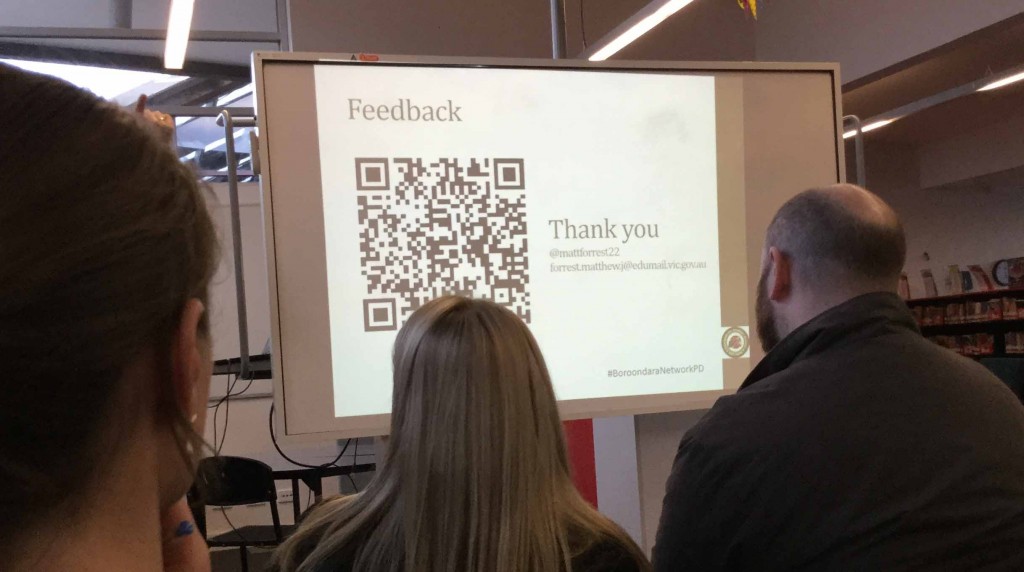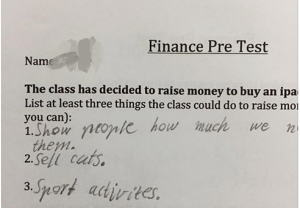Ok, I’m being a tad hyperbolic (and btw, ‘PD’ stands for ‘Professional Development’ and not, as one of my friends suggested on Facebook, ‘Panda Disco’… although that would definitely change your life) but I’ve been to a bunch of great PDs this year and they are changing my professional and personal perspective. Being reminded repeatedly that it’s not just the students who are learners in the classroom – I need to get with the technology program in order to do my job effectively and relate to this generation.
I’ve always enjoyed learning new things, but I’m coming to see that being a teacher in the modern age is about learning with or from the students as much as teaching them. Perhaps more than teaching them, particularly when it comes to technology. My students this year are thrilled to be teaching me how to play Minecraft. We have skyped from home while playing in the evening so that they can give me instructions. Well, I say ‘give’ – really they shout each other down to have the honour of teaching me how to do something new. I have never seen some of my students so excited, so thoughtful, as when they are trying to explain a Minecraft skill or concept to me and I pretend I don’t get it. Well… sometimes I’m pretending.
In this post I’d like to try to cover some of the key concepts of one of the PDs I’ve been to recently, so I’ll start small with the one hour session some coworkers and I attended at Canterbury Primary.
The focus of this PD was to make connections and expand our PLNs (Professional Learning Networks) and look at what Canterbury were doing with ICT in their classrooms. The presenter, Matt Forrest, made an excellent point about the great value of social media connections, but the far greater value of face to face connections, and encouraged everyone there to get into a conversation with another teacher, swap details and talk about common interests. I struck up a conversation with a teacher from Greythorn who happened to be part of a team who had instituted MinecraftEdu at their school. Score! It felt good to have a contact at another school and someone to ask about my new interest – even though I feel as though I only know one percent of one percent of what the game has to offer. I don’t even feel ready to describe Minecraft in a post yet, let alone try to go into the educational advantages. However, if you’re interested this isn’t a bad gateway to some useful sites.
Along with the chance to talk (you don’t need to tell teachers twice) there were also stands set up so we could see what students at Canterbury had been doing with all their ICT equipment and skills. It was pretty impressive, to say the least. They have a radio station, for one thing, and they were using QR codes like they were going out of fashion. I particularly liked the ‘Genius Hour/Passion Projects’ that were on display, as I’ve just started a small scale of this concept in my classroom.
Matt had started a hashtag for the event (#BoroondaraNetworkPD) and it got me thinking about ways to make stronger connections with teachers in my area who would be an invaluable source of ideas. Not just that, but if I knew someone local was doing something I wanted to learn about, I could actually go see their room, their work, and have a much deeper conversation than would be possible online.
After coming home from the PD I decided to create a ‘Boroondara Teachers’ Facebook group. I immediately signed up everyone I could from my school, hoping that would make it look like the group was already popular and cool 😉 and then asked Matt to promote it on Twitter. It’s only been going for two days and I’ve had a couple of requests from new people. Hopefully it grows and can become a useful resource for local teachers – so if you’re reading this and you’re involved in education in Melbourne’s East please join – even if you’re not actually in Boroondara. The more the merrier!
Next: The Ignite, Inspire and Innovate Conference at Kingswood Primary.









